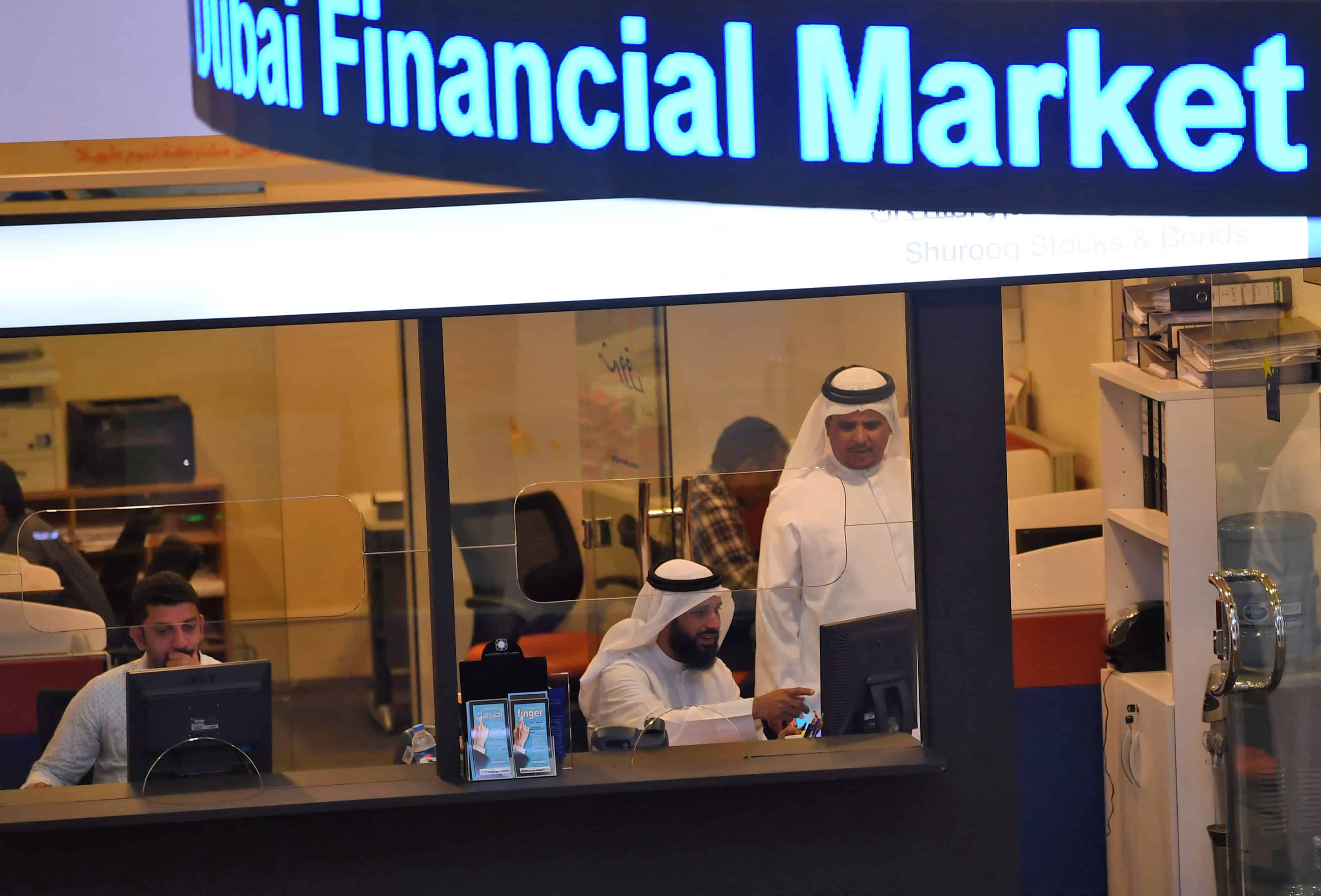2021 had been a challenging year for emerging markets (EMs). Mixed vaccination progress across countries contributed to false starts in exiting the pandemic. Economic reopening in EMs and reopening trades in their stock markets subsequently lagged those in developed markets (DMs). China was a key concern—tighter fiscal and monetary policies, the “Common Prosperity” campaign driving regulatory changes across industries and a zero-COVID-19 approach combined to cool investor sentiment. Worries over US inflation and the direction of US monetary policy also came to the fore. Key EMs such as Brazil, Mexico, Russia and South Korea moved ahead of DMs in raising interest rates to curb price pressures.
Yet, there are several reasons to be constructive about EMs heading into 2022. For a start, equity valuations appear to have priced in much caution and indicate attractive long-term value. The fixed income perspective is also encouraging—real yields in EMs exceed those in DMs. In this regard, we are noticing shared optimism on EMs with our fixed income colleagues.
Fiscal and current accounts across EMs are also in better shape than before. Institutional reforms in major EMs over the past few decades have strengthened their economic discipline and resilience against crises. Strong commodity prices recently have been an additional windfall for resource exporters. Sturdier EM finances potentially rule out a repeat of the severe market stresses that hit EMs in previous down cycles.
Diverse EM drivers
China’s market valuations appear to be near a floor and should be well-supported from here following significant negative news over 2021. Granted, some near-term headwinds could extend into 2022. We expect China to maintain its zero-COVID-19 stance well into the year to safeguard the success of the Winter Olympics and the Chinese Communist Party’s 20th National Congress. International travel and other mobility restrictions will limit economic activity. Regulatory uncertainty could also continue. We believe that the recent regulatory changes are partly a function of China’s political cycle, which is likely to culminate in the 20th National Congress. As the political dust settles, regulatory clarity should eventually return, as it has in past political cycles.
On a positive note, China’s authorities have shown that they still have a strong pro-growth agenda and have no intention to choke the private sector with rules. They have the policy tools to stabilize growth and are ready to use them if needed, as we saw with the recent cut in the country’s reserve requirement ratio.
In Brazil, valuations have fallen to extremely low levels, creating interesting investment opportunities. Concerns over potential fiscal laxity, rising interest rates and the likelihood of a left-wing resurgence at next year’s general elections have led to the market selloff. Even then, Brazil’s fundamentals appear healthier to us than they have since its last recession. More recently, its fiscal and current accounts have improved, with higher oil prices aiding the net oil exporter. The macroeconomic tailwind has also played out at the company level. For example, rationalization and surging cash flows helped by rising oil prices enabled state-owned oil producer Petrobras to reduce its debt significantly in recent years.
India’s economic activity has rebounded since its second COVID-19 wave. The credit cycle has shown signs of an upturn and major banks have recorded healthy loan growth. The housing cycle has also picked up as a result of better home affordability, along with a recovery in the infrastructure cycle amid the government’s infrastructure push. A robust fiscal and current account picture has accompanied India’s cyclical acceleration.
Secular opportunities
Across EMs, positive structural forces remain apparent and are likely to foster fresh investment opportunities. Digitalization is a key theme. India’s thriving internet economy has attracted capital seeking new areas of growth, especially in light of regulatory flux in China. E-payment, food delivery and other disruptive business models have taken off, prompting even traditional businesses to embrace innovation to counter the competition. In China, industrial digitalization has gained pace as the economy eyes progress up the value chain. Globally, the continued semiconductor shortage underscores the huge demand for chips coming from technology advancements, and we expect strong earnings for some of the world’s largest semiconductor companies in markets such as Taiwan and South Korea.
Decarbonization is another trend to watch. Major EMs’ pledges to achieve carbon neutrality is likely to intensify electrification and renewable energy efforts, creating multiyear support for relevant industries. We have seen growth for South Korean electric vehicle battery makers and Chinese solar energy companies accelerate sharply, lifting them to world-leading industry positions in the process.
Resilience amid risks
Certain risks could change our overall EM outlook, although they are not in our base-case scenario. For instance, a sharp and sudden rise in the US federal funds rate could trigger market volatility. Conversely, a dovish US policy surprise could help EMs outperform DMs. Meanwhile, more dangerous COVID-19 variants could emerge amid the ongoing pandemic. The market swings that followed the recent discovery of the Omicron variant serve as a reminder of the uncertainties that remain, although indicators so far suggest that the variant’s symptoms could be milder than feared. We are also watching China-Taiwan relations as cross-strait tensions brew.
As the investment environment evolves, an important feature that we seek in EMs is resilience, in terms of both their economies and companies. What especially matters to us is the sustainability of company earnings, whether in the face of COVID-19, policy changes, technology disruption or other challenges. We see companies with structural growth drivers aligned with digitalization, decarbonization and other transformative trends emerging as long-term winners, which should underpin EM equities ahead.
The author is Manraj Sekhon, CIO, Franklin Templeton Emerging Markets Equity
The opinions expressed are those of the author and may not reflect the editorial policy or an official position held by TRENDS.

